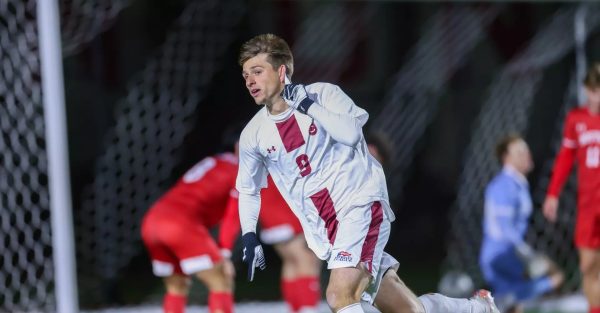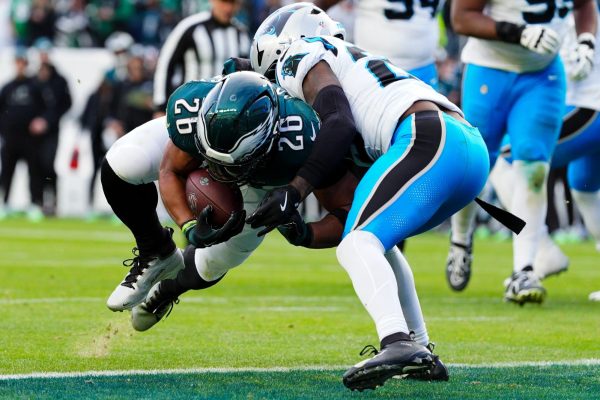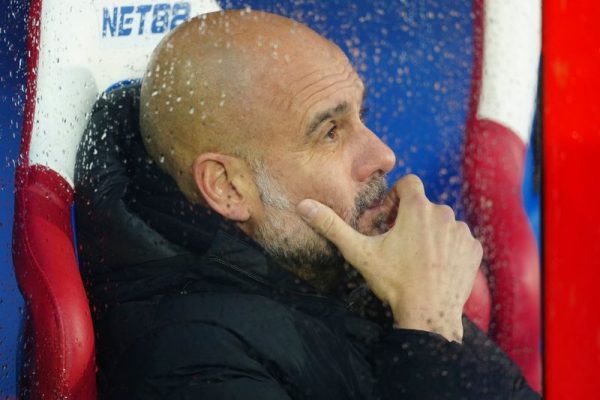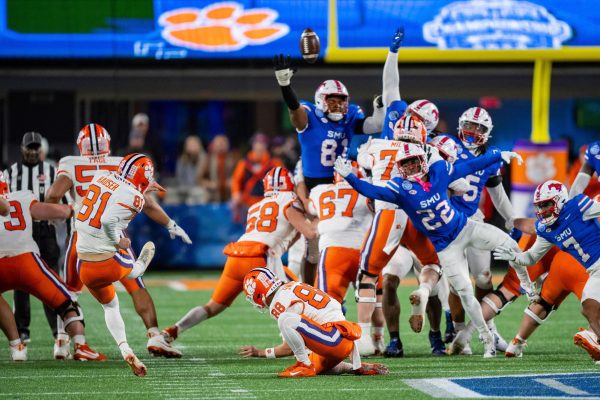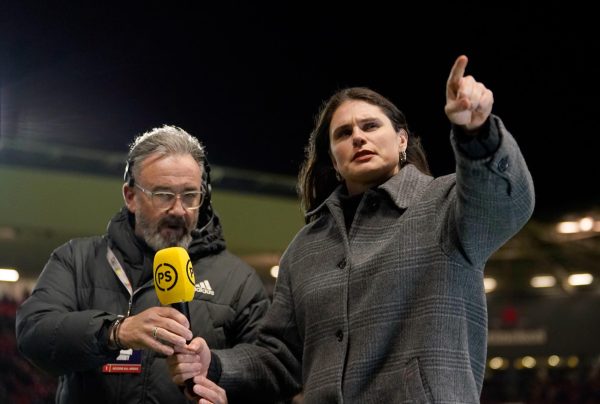Assessing the NBA’s Latest Load Management Dilemma
When fans of the National Basketball Association (NBA) buy tickets to see a game, they want to see their favorite players dressed and ready to perform every night.
They walk through the turnstiles to see the superstars, the big names like LeBron James, Stephen Curry or Kawhi Leonard. But if these players are sitting out the game, fans feel cheated out of the full experience.
This is not a new problem. At least, it should not be a surprise to fans.
Resting NBA star players to ensure that they are at the top of their game for the playoffs is referred to as “load management.” This frequent practice has become a source of contention and has created a controversy for the NBA.
Most recently, on Wednesday, November 7, the NBA fined the Los Angeles Clippers 50,000 dollars for head coach Doc Rivers’s incosistent comments regarding Kawhi Leonard’s game status.
Leonard sat out a nationally televised game against the Bucks so that the Clippers could rest their star player. This was the second nationally televised game Leonard sat out this year.
The first time Leonard was rested, the game resulted in a 14 point loss to the Utah Jazz. And he was rested one week after Rivers stated that Leonard’s knee was the best it has ever been.
But as the Clippers were about to face the Bucks, Rivers once again claimed that Leonard’s knee was still healing, and he needed to sit out for at least 24 hours.
Load management has been a problem in the NBA since the early 2010s, where San Antonio Spurs head coach Gregg Popovich would sit his stars in what he thought were unimportant games.
This allowed Popovich’s players to be better rested for the playoffs. Other teams saw the value of this strategy and adopted it for their own players.
Miami Heat head coach Erik Spoelstra would sit LeBron James and Dwyane Wade and late-season games, even when these games were nationally televised.
In September 2017, the NBA instituted a rule banning teams from resting healthy players in nationally televised games. Teams breaking this rule are subject to up to a 100,000 dollar fine.
This led teams to develop intense, strategic resting plans designed to keep their superstars in shape for playoff games.
Last season, the Toronto Raptors constructed a plan that was accepted by the NBA: Leonard would sit one game of every back-to-back set.
He sat a total of 22 games, which enabled him to be fully rested for the finals. This lead to the Raptors winning their first championship in franchise history, and Leonard receiving Finals MVP honors.
The Clippers were just trying to follow the Raptors’ model. However, they sat their big star in an ESPN game.
Even if the NBA is able to strictly enforce this rule, teams could easily list a player as having a minor injury.
Technically, this exempts them from the load management rule. During the broadcast of the game, ESPN reporter Doris Burke predicted that teams would continue to manage their loads unless a prolonged decline in TV ratings impacted the team owners’ and players’ bottom lines. That is more of a theory right now and is not an imminent threat.
To ensure the continued flow of fan revenue, NBA Commissioner Adam Silver must find a way to limit load management.
If stars continue to sit out nationally-televised games, the extreme result that money-makers in the NBA might fear is that fans will turn off the games and stop purchasing fan-wear and team accessories.
Eventually, there could be financially devastating side effects to the NBA, which has already lost millions of viewers in China following Daryl Morey’s comments in support of fighting for freedom in Hong Kong.

Aaron Notis is a senior from Pleasantville, NY concentrating in peace and conflict studies with a double minor in educational studies and film and media...




